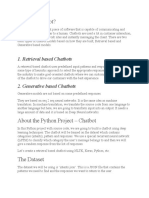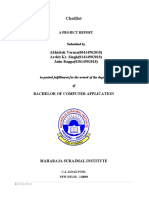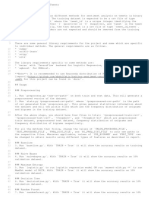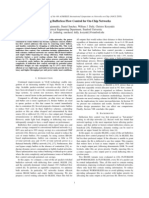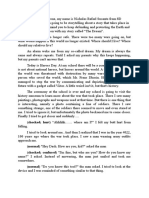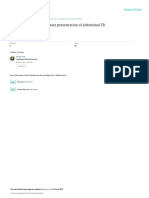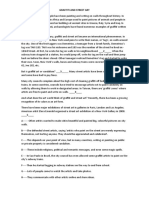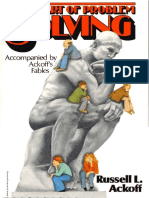0% found this document useful (0 votes)
6 views4 pagesP3R1 Text Classification
This document provides a step-by-step guide on using ChatGPT for text classification in Python, highlighting its application in categorizing customer feedback and social media posts. It covers the installation of necessary libraries, setting up the OpenAI API, preparing data, defining a classification function, and evaluating results. The guide emphasizes the efficiency and accuracy that AI tools like ChatGPT can bring to data scientists, making complex tasks more accessible to those with limited programming backgrounds.
Uploaded by
Jagannath ManivannanCopyright
© © All Rights Reserved
We take content rights seriously. If you suspect this is your content, claim it here.
Available Formats
Download as PDF, TXT or read online on Scribd
0% found this document useful (0 votes)
6 views4 pagesP3R1 Text Classification
This document provides a step-by-step guide on using ChatGPT for text classification in Python, highlighting its application in categorizing customer feedback and social media posts. It covers the installation of necessary libraries, setting up the OpenAI API, preparing data, defining a classification function, and evaluating results. The guide emphasizes the efficiency and accuracy that AI tools like ChatGPT can bring to data scientists, making complex tasks more accessible to those with limited programming backgrounds.
Uploaded by
Jagannath ManivannanCopyright
© © All Rights Reserved
We take content rights seriously. If you suspect this is your content, claim it here.
Available Formats
Download as PDF, TXT or read online on Scribd
/ 4












